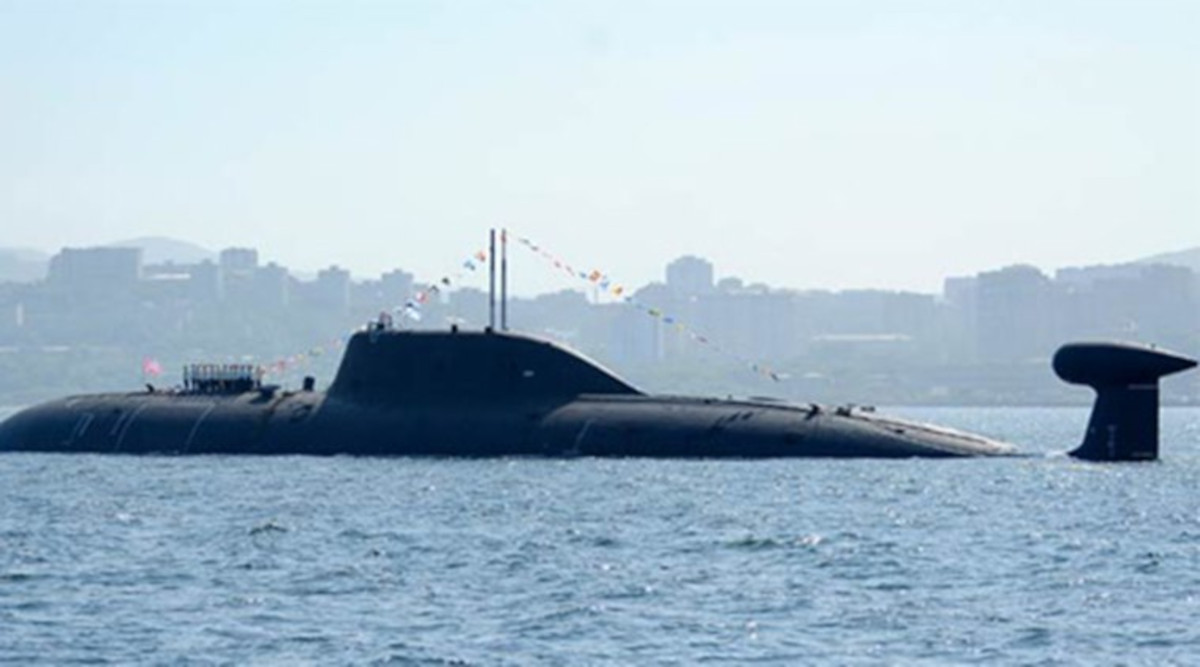Australia is embarking on a substantial defense overhaul, with plans to invest over $45 billion in the next five years.
This strategic move is aimed at bolstering the country’s defense capabilities, particularly focusing on the development of nuclear-powered submarines and other critical defense assets.
These initiatives align with Australia’s growing concerns over regional security and its commitment to safeguarding the Indo-Pacific’s stability.

Why is Australia Investing So Heavily in Defense?
In recent years, the Indo-Pacific region has witnessed rising geopolitical tensions, prompting countries like Australia to reassess their defense strategies. Key factors driving Australia’s defense spending surge include:
- Geopolitical Tensions: The region’s strategic importance has led to increased military activities, including naval expansion and territorial claims by major powers. Australia’s defense investments are aimed at countering these developments and ensuring a balance of power.
- AUKUS Agreement: The trilateral security pact between Australia, the United Kingdom, and the United States, known as AUKUS, is a cornerstone of Australia’s defense strategy. Under this agreement, Australia will acquire nuclear-powered submarines, significantly enhancing its naval capabilities.
- Technological Advancements: The rapid development of military technology, including autonomous weapons and cyber warfare, has necessitated Australia’s investment in cutting-edge defense systems to maintain a technological edge.
The AUKUS Pact: A Game-Changer for Australia’s Navy
At the heart of Australia’s defense strategy is the AUKUS agreement, signed in September 2021.
This pact symbolizes a major shift in Australia’s defense policy, focusing on developing nuclear-powered submarines.
These submarines are not only powerful deterrents but also vital assets for intelligence-gathering and ensuring freedom of navigation in international waters.

What Does AUKUS Bring to the Table?
- Nuclear-Powered Submarines: The AUKUS agreement will see Australia investing $21.6 billion to develop a fleet of nuclear-powered submarines. These submarines will provide Australia with the ability to conduct prolonged underwater operations, a crucial capability in the Indo-Pacific’s vast and contested waters.
- Enhanced Cooperation: AUKUS fosters deeper defense collaboration between Australia, the UK, and the US. This includes technology sharing, joint training exercises, and coordinated military operations, strengthening the alliance’s collective security posture.
- Strategic Deterrence: By equipping its navy with nuclear-powered submarines, Australia enhances its deterrence capabilities. These submarines’ ability to remain submerged for extended periods makes them difficult to detect, providing a significant strategic advantage.
Training the Next Generation of Submariners
A critical aspect of Australia’s defense transformation is preparing its personnel to operate these sophisticated nuclear-powered submarines.
In July 2024, the Royal Australian Navy (RAN) celebrated a significant milestone as its first group of sailors graduated from the US Navy’s Basic Enlisted Submarine School (BESS) in Groton, Connecticut.
This training is essential for building a skilled workforce capable of managing the complexities of nuclear-powered submarine operations.

Expanding Naval Capabilities Beyond Submarines
While nuclear-powered submarines are a focal point, Australia’s defense investments extend to other areas of its naval forces. The RAN is set to receive new general-purpose frigates, enhancing its surface fleet capabilities.
Modernizing the Frigate Fleet
Australia has committed $6 billion to construct 11 new frigates, replacing the aging Anzac-class vessels.
These new frigates are designed with advanced technologies for enhanced maritime strike capabilities, air defense, and escort missions. Key features of these next-generation frigates include:
- Stealth Technology: To minimize their radar signature, these frigates will incorporate advanced stealth features, making them less detectable to potential adversaries.
- Enhanced Weapon Systems: Equipped with state-of-the-art missile systems, the frigates will have increased firepower, enabling them to engage threats from the air, surface, and underwater.
- Integrated Sensor Networks: Advanced sensor networks will provide comprehensive situational awareness, ensuring the frigates can detect and respond to threats promptly.
Boosting Air Force Capabilities: The Role of Next-Generation Aircraft
Australia’s defense strategy also places a strong emphasis on air power.
The Royal Australian Air Force (RAAF) is set to receive significant upgrades to its aircraft fleet, ensuring it remains capable of projecting power and conducting a wide range of operations.
Introducing the C-130J-30 Super Hercules
To enhance its airlift capacity, Australia is investing $6.4 billion in acquiring 24 C-130J-30 Super Hercules aircraft. These next-generation aircraft will play a crucial role in:
- Strategic Airlift: The C-130J-30 can transport troops, equipment, and supplies over long distances, supporting military operations and humanitarian missions.
- Flexibility and Versatility: The aircraft’s ability to operate from short and unprepared airstrips makes it invaluable for rapid response scenarios, including disaster relief and special operations.
- Enhanced Performance: Compared to its predecessors, the C-130J-30 offers improved fuel efficiency, greater payload capacity, and advanced avionics, making it a formidable asset for the RAAF.
Exploring Plan B: The B-21 Raider Stealth Bomber
In addition to the AUKUS initiative, there are discussions about enhancing Australia’s strike capabilities through the acquisition of the US B-21 Raider stealth bomber.
The Institute for Public Affairs (IPA) has recommended this as a “Plan B” option, providing a non-nuclear long-range deterrent while waiting for the nuclear-powered submarines’ deployment.
Why the B-21 Raider?
- Stealth and Survivability: The B-21 Raider’s stealth capabilities allow it to penetrate sophisticated enemy defenses undetected, making it an ideal platform for strategic strikes.
- Long-Range Strike: The bomber’s range and payload capacity enable it to deliver precision strikes deep into enemy territory, providing a significant strategic advantage.
- Immediate Capability Boost: Acquiring the B-21 Raider would offer Australia an immediate enhancement of its strike capabilities, bridging the gap until the AUKUS submarines become operational in the early 2040s.
Conclusion: Navigating the Future of Australia’s Defense
Australia’s decision to invest over $45 billion in defense reflects its commitment to maintaining security and stability in the Indo-Pacific region.
By focusing on acquiring nuclear-powered submarines, modern frigates, and advanced aircraft, Australia aims to build a robust defense infrastructure capable of deterring potential threats.
The AUKUS agreement stands as a testament to Australia’s strategic alignment with key allies, ensuring technological and military superiority.
As Australia continues to enhance its naval and air capabilities, it positions itself as a formidable force in the region, capable of safeguarding its national interests and contributing to global security.
Embracing a Multilateral Approach
Australia’s defense strategy highlights the importance of multilateral cooperation.
By working closely with allies such as the United States and the United Kingdom, Australia will strengthen its own defense capabilities and will also contribute to a broader effort to maintain peace and stability in the Indo-Pacific.
Looking Ahead: Challenges and Opportunities
As Australia embarks on this ambitious defense overhaul, it faces both challenges and opportunities.
Ensuring the successful implementation of these initiatives will require careful planning, sustained investment, and continued collaboration with international partners.
However, the potential benefits are significant, positioning Australia as a key player in regional security and a leader in the defense sector.


































